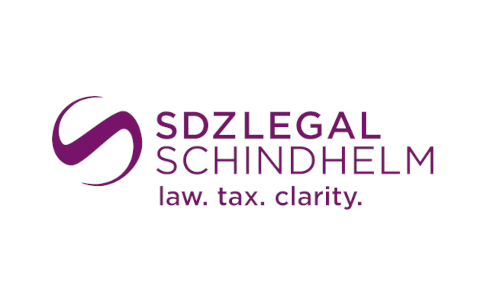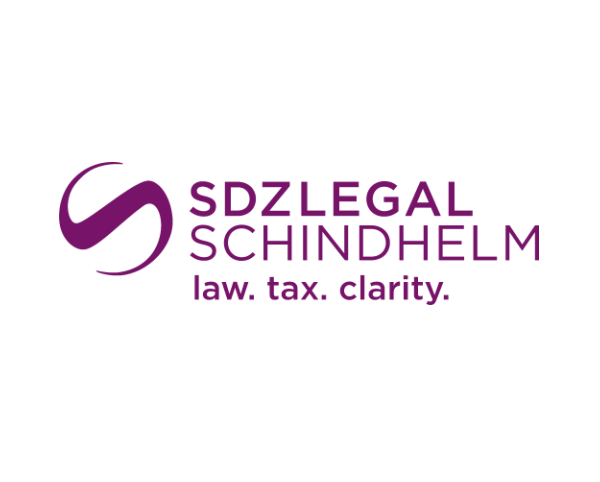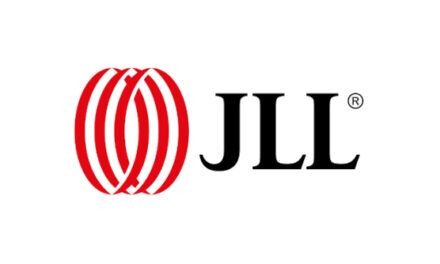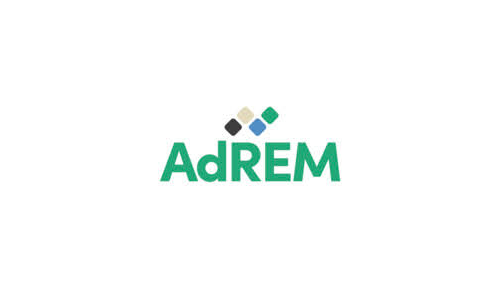
By Anna Derdak, attorney-at-law, tax adviser, Kancelaria Prawna Schampera, Dubis, Zając i Wspólnicy sp.j.

Digital development in taxation is inevitable and necessary. The Polish government is introducing new IT tools for communication between taxpayers and the tax administration in response to the increasing and omnipresent digitalisation.
The OECD/G20 Inclusive Framework on BEPS (base-erosion and profit-shifting) identifies the tax challenges posed by digitalisation as one of 15 guidelines aimed at tackling tax avoidance. As of October 2021, more than 135 jurisdictions have joined the project, including Poland. The plan is to update key elements of an international tax system that is no longer fit for purpose in a globalised and digitised economy. There is an OECD project under way: Tax Challenges Arising from the Digitalisation of the Economy – Administrative Guidance on the Global Anti-Base Erosion Model Rules (Pillar Two), the OECD/G20 Inclusive Framework on BEPS.
The European Commission identifies ‘A Europe fit for the digital age’ as one of its six main priorities (European Commission, EU eGovernment Action Plan 2016-2020, Accelerating the Digital Transformation of Government, 2016). The intention is to make taxpayers’ reporting as efficient as possible, which will be achieved through simple tax returns, minimised requirements, simplified procedures and tax return filing systems (pre-filled where possible). The principles of e-administration should also apply to tax information, especially with regard to reporting obligations. The target solution is a one-time digital transfer of information with security standards. The role of measures to promote and increase the willingness of taxpayers to voluntarily provide information and comply with tax rules is also emphasised. The advantages of e-services provided by the tax administration and digital channels of communication with taxpayers are the speed of dealing with matters; making information more easily available, and the improvement of the exchange of tax information with tax administrations of different countries.
Big data technology, together with advanced data analytics and digital processing, has a significant role in improving the processing and analysis of data by tax authorities. Technologies such as real-time or near-real-time can enhance the ability to provide information to taxpayers promptly. The use of the latest IT solutions offers tremendous opportunities for the development of national tax systems, especially in terms of tax collection, real-time reporting and auditing, thus improving the services provided to taxpayers by the tax administration. It also makes it possible to assess the impact of changes in tax policy on business, making it possible to increase the efficiency of tax collection or identify tax fraud and crime.
Using big data and advanced analytics in practice makes it possible to extract more value from existing information, obtaining analytical results faster, translating into more effective enforcement and detection of tax avoidance, evasion and fraud. An example of the use of advanced analytics is the standard audit file – JPK_VAT; reporting obligations in this area are gradually being extended. Pending entry into force are provisions on the cyclical transfer of books and records to tax authorities by means of electronic communication, in electronic form in an appropriate logical structure, by entities keeping books, accounts or records of tangible and intangible assets, which are obliged to keep these books and records using computer programmes. Noteworthy is the implementation of the mandatory use of the National e-Invoice System (KSeF), scheduled for 1 July 2024. Its premise is to accept and make available structured invoices in .xml format. The invoices are to be generated in a firm’s financial and accounting systems, which are integrated with KSeF. KSeF has been operational since 1 January 2022 and can be used on a voluntary basis.
Tax authorities should invest in data processing, automation and data management. The introduction of an extensive information obligation may mean the authorities collect excessive amounts of data from which little results, and because of this, key information can end up being unnoticed.
The OECD indicates that tax administrations should adopt a taxpayer-supportive approach and should tend to use so-called natural systems – banking, financial systems – systems that the taxpayer uses for purposes other than taxation (Technologies for Better Tax Administration: A Practical Guide for Revenue Bodies, OECD, 2016). This is expected to result in savings for tax administrations with no extra costs for taxpayers. This goal is achievable with the use of the latest IT solutions. The impact of new technologies on tax administrations is, for example, the popularisation of the use of mobile phones and other handheld devices or M2M (machine-to-machine) communication.
The increase in the use of algorithms, big data and machine learning is also being observed on the taxpayers’ side in order to counteract errors as efficiently as possible before the data reaches the tax authorities. More and more companies are implementing blockchain, big-data analytics or artificial intelligence/machine learning solutions in the tax departments.
Digitalisation and technological advances are phenomena present in the tax compliance process, accompanying taxpayers and tax administration on a daily basis, as inherent elements related to the execution, transfer, as well as verification of obligations. There is no other option than to adapt processes to far-reaching automation and the use of artificial intelligence. These changes must be accompanied by a simplification and unambiguity of regulations and a reduction of the scope of the information provided in such a way that the fulfilment of the obligation does not involve excessive interpretative difficulties on the part of the taxpayer, and the analytical process (automated, using the latest IT tools) is entirely on the part of the tax administration. On the one hand, this will reduce costs and risks on the part of taxpayers, and on the other hand, it will reduce errors in the information provided and increase the quality of the result of the analysis carried out by the tax authorities.
It is important to monitor technological and business developments in tax and use joint initiatives with business partners to set standards and improve the quality of IT tools used. The OECD stresses that tax administrations should be aware of social expectations, and recommends taking into account the role that software providers can play in fulfilling tax reporting obligations and even partnering with them (Rethinking Tax Services: The Changing Role of Tax Service Providers in SME Tax Compliance, OECD 2016).




























